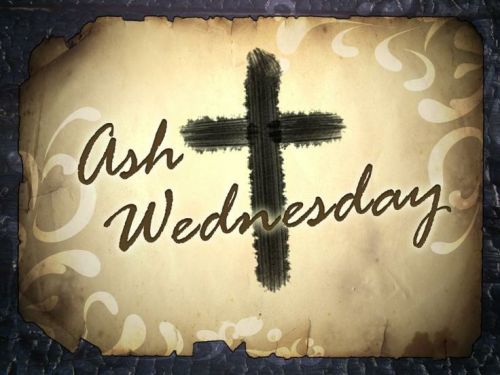
We needed divine intervention, something unique and peaceful to quiet my favorite pair of students.
The constant, monsoon rains had created something akin to a state of stir crazy for this pair, and more academics was not the medicine for their (or my) ill. I opted for a rarely used, but very effective, prescription … a story and drawing.
I went to a book that I knew to be ‘safe’ on the library shelf, The Book of Virtues by William J. Bennett. A smaller copy has graced the shelves of my own bookcase, and many of it’s tales have been read to, and by, my own kids. The book contains stories, fables, poetry and the like, all focused on teaching a moral. Over the years, I have found that many students, and especially those with special needs are often far more understanding of such stories, that ones told simply for the purpose of entertainment.
The following is the story I read. Credit for the writing of the story was given to Chuck Colson, but it is a true story … it is a redemption story.
As you read this true story, may your heart and mind be as stilled, and inspired as my stir crazed pair that day as we experienced the divine inspiration from one who truly lived fully.
“Maximilian Kolbe was forty-five years old in the early autumn of 1939 when the Nazis invaded his homeland. He was a Polish friar in Niepokalanow, a village near Warsaw. There, 762 priests and lay brothers lived in the largest friary in the world. Father Kolbe presided over Niepokalanow with a combination of industry, joy, love, and humor that made him beloved by the plainspoken brethren there.
In his simple room, he sat each morning at a pigeonhole desk, a large globe before him, praying over the world. He did so, tortured by the fact that a pale man with arresting blue eyes and a terrifying power of manipulation had whipped the people of Germany into a frenzy. Whole nations had already fallen to the evil Adolf Hitler and his Nazis.
“An atrocious conflict is brewing,” Father Kolbe told a group of friars one day after he had finished prayers. “We do not know what will develop. In our beloved Poland, we must expect the worst.” Father Kolbe was right. His country was next.
On September 1, 1939, the Nazi blitzkrieg broke over Poland. After several weeks, a group of Germans arrived at Niepokalanow on motorcycles and arrested Father Kolbe and all but two of his friars who had remained behind. They were loaded on trucks, then into livestock wagons, and two days later arrived at Amtitz, a prison camp.
Conditions were horrible, but nor horrific. Prisoners were hungry, but no one died of starvation. Strangely, within a few weeks the brothers were released from prison. Back at the friary, they found the buildings vandalized and the Nazis in control, using the facility as a deportation camp for political prisoners, refugees, and Jews.
The situation was an opportunity for ministry, and Father Kolbe took advantage of it, helping the sick and comforting the fearful.
While Kolbe and the friars used their time to serve others, the Nazis used theirs to decide just how to impose their will on the rest of Europe. To Adolf Hitler, the Jews and Slavic people were the Untermenschen (sub humans). Their cultures and cities were to be erased and their industry appropriated for Germany. On October 2, Hitler outlined a secret memorandum to Hans Frank, the governor general of Poland. In a few phrases he determined the grim outcome for millions: “The ordinary Poles are especially born for low labor. The Polish gentry must cease to exist. All representatives of one master for the Poles, the German.”
As for Poland’s hundreds of thousands of priests?
“They will preach what we want them to preach,” said Hitler’s memo. “If any priest acts differently, we will make short work of him. The task of the priest is to keep the Poles quiet, stupid, and dull-witted.”
Maximilian Kolbe was clearly a priest who “acted differently,” from the Nazis’ designs.
In early February 1941, the Polish underground smuggled word to Kolbe that his name was on a Gestapo list: he was about to be arrested. Kolbe knew what happened to loved ones of those who tried to elude the Nazis’ grasp: their friends and colleagues were taken instead. He had no wife or children; his church was his family. And he could not risk the loss of any of his brothers in Christ. So he stayed at Niepokalanow.
At nine o’clock on the morning of February 17, Father Kolbe was sitting at his pigeonhole desk, his eyes and prayers on the globe before him, when he heard the sound of heavy vehicles outside the thick panes of his green-painted windows. He knew it was the Nazis, but he remained at his desk. He would wait for them to come to him.
After being held in Nazi prisons for several months, Father Kolbe was found guilty of the crime of publishing unapproved materials and sentenced to Auschwitz. Upon his arrival at the camp in May 1941, an SS officer informed him that the life expectancy of priests there was about a month. Kolbe was assigned to the timber detail; he was to carry felled tree trunks from one place to another. Guards stood by to ensure that the exhausted prisoners did so at a quick trot.
Years of slim rations and overwork at Niepokalanow had already weakened Kolbe. Now, under the load of wood, he staggered and collapsed. Officers converged on him, kicking him with their shiny leather boots and beating him with their whips. He was stretched out on a pile of wood, dealt fifty lashes, then shoved into a ditch, covered with branches, and left for dead.
Later, having been picked up by some brave prisoners, he awoke in a camp hospital bed alongside several other near-dead inmates. There, miraculously, he revived.
“No need to waste gas or a bullet on that one,” chuckled one SS officer to another. “He’ll be dead soon.”
Kolbe was switched to other work and transferred to Barracks 14, where he continued to minister to his fellow prisoners, so tortured by hunger they could not sleep.
By the end of July 1941, Auschwitz was working like a well-organized killing machine, and the Nazis congratulated themselves on their efficiency. The camp’s five chimneys never stopped smoking. The stench was terrible, the the results were excellent: eight thousand Jews could be stripped, their possessions appropriated for the Reich, gassed, and cremated – all in twenty-four hours. Every twenty-four hours.
About the only problem was the occasional prisoner from the work side of the camp who would figure out a way to escape. When these escapees were caught, as they usually were, they would be hanged with special nooses that slowly choked out their miserable lives – a grave warning to others who might be tempted to try.
Then one July night as the frogs and insects in the marshy land surrounding the camp began their evening chorus, the air was suddenly filled with the baying of dogs, the curses of soldiers, and the roar of motorcycles. A man had escaped from Barracks 14.
The next morning there was a peculiar tension as the ranks of phantom-thin prisoners lined up for morning roll call in the central square, their eyes on the large gallows before them. But there was no condemned man standing there, his hands bound behind him, his face bloodied from blows and dog bites. That meant the prisoner had made it out of Auschwitz. And that meant death from some of those who remained.
After the roll call, Camp Commandant Fritsch ordered the dismissal of all but Barracks 14. While the rest of the camp went about its duties, the prisoners from Barracks 14 stood motionless in line. They waited. Hours passed. The summer sun beat down. Some fainted and were dragged away. Some swayed in place but held on; those the SS officers beat with the butts of their guns. Father Kolbe, by some miracle, stayed on his feet, his posture as straight as his resolve.
By evening roll call the commandant was ready to levy sentence. The other prisoners had returned from their day of slave labor; now he could make a lesson out of the fate of this miserable barracks.
Fritsch began to speak, the veins in his thick neck standing out with rage. “The fugitive has not been found,” he screamed. “Ten of you will die for him in the starvation bunker. Next time, twenty will be condemned.”
The rows of exhausted prisoners began to sway as they heard the sentence. The guards let them; terror was part of their punishment.
The starvation bunker! Anything was better – death on the gallows, a bullet in the head at the Wall of Death, or even the gas in the chambers. All those were quick, even humane, compared to Nazi starvation, for they denied you water as well as food.
The prisoners had heard the stories from the starvation bunker in the basement of Barracks 11. They said the condemned didn’t even look like human beings after a day or two. They frightened even the guards. Their throats turned to paper, their brains turned to fire, their intestines dried up and shriveled like desiccated worms.
Commandant Fritsch walked the rows of prisoners. When he stopped before a man, he would command in bad Polish, “Open your mouth! Put out your tongue! Show your teeth!” And so he went, choosing victims like horses.
His dreary assistant, Palitsch, followed behind. As Fritsch chose a man, Palitsch noted the number stamped on the prisoner’s filthy shirt. The Nazis, as always, were methodical. Soon there were ten men – ten numbers neatly listed on the death roll. The chosen groaned, sweating with fear. “My poor wife!” one man cried. “My poor children! What will they do?”
“Take off your shoes!” the commandant barked at the ten men. This was one of his rituals; they must march to their deaths barefoot. A pile of twenty wooden clogs made a small heap at the front of the grassy square.
Suddenly there was a commotion in the ranks. A prisoner had broken out of line, calling for the commandant. It was unheard of to leave the ranks, let alone address a Nazi office; it was cause for execution.
Fritsch had his hand on his revolver, as did the officers behind him. But he broke precedent. Instead of shooting the prisoner, he shouted at him.
“Halt! What does this Polish pig want of me?”
The prisoners gasped. It was their beloved Father Kolbe, the priest who shared his last crust, who comforted the dying and nourished their souls. Not Father Kolbe! The frail priest spoke softly, even calmly, to the Nazi butcher. “I would like to die in place of one of the men you condemned.”
Fritsch stared at the prisoner, No. 16670. He never considered them as individuals; they were just a gray blur. But he looked now. No. 16670 didn’t appear to be insane.
“Why?” snapped the commandant.
Father Kolbe sensed the need for exacting diplomacy. The Nazis never reversed an order; so he must not seem to be asking him to do so. Kolbe knew the Nazi dictum of destruction: the weak and the elderly first. He would play on this well-ingrained principle.
“I am an old man, sir, and good for nothing. My life will serve no purpose.”
His ploy triggered the response Kolbe wanted. “In whose place do you want to die?” asked Fritsch.
“For that one,” Kolbe responded, pointing to the weeping prisoner who had bemoaned his wife and children.
Fritsch glanced at the weeping prisoner. He did look stronger than this tattered No. 16670 before him.
For the first and last time, the commandant looked Kolbe in the eye. “Who are you?” he asked.
The prisoner looked back at him, a strange fire in his dark eyes. “I am a priest.”
“Ein Pfaffe!” the commandant snorted. He looked at his assistant and nodded. Palitsch drew a line through No. 5659 and wrote down No. 16670. Kolbe’s place on the death ledger was set.
Father Kolbe bent down to take off his clogs, then joined the group to be marched to Barracks 11. As he did so, No. 5659 passed by him at a distance – and on the man’s face was an expression so astonished that it had not yet become gratitude.
But Kolbe wasn’t looking for gratitude. If he was to lay down his life for another, the fulfillment had to be in the act of obedience itself. The joy must be found in submitting his small will to the will of One more grand.
As the condemned men entered Barracks 11, guards roughly pushed them down the stairs to the basement.
“Remove your clothes!” shouted an officer. Christ died on the cross naked, Father Kolbe thought as he took off his pants and thin shirt. It is fitting that I suffer as He suffered.
In the basement the ten men were herded into a dark, windowless cell.
“You will dry up like tulips,” sneered one jailer. Then he swung the heavy door shut.
As the hours and days passed, however, the camp became aware of something extraordinary happening in the death cell. Past prisoners had spent their dying days howling, attacking one anther, clawing the walls in a frenzy of despair.
But now, coming from the death box, those outside heard the faint sounds of singing. For this time the prisoners had a shepherd to gently lead them through the shadows of the valley of death, pointing them to the Great Shepherd. And perhaps for that reason Father Kolbe was the last to die.
On August 14, 1941, there were four prisoners still alive in the bunker, and it was needed for new occupants. A German doctor named Boch descended the steps of Barracks 11, four syringes in his hand. Several SS troopers and a prisoner named Brono Borgowiec (who survived Auschwitz) were with him – the former to observe and the latter to carry out the bodies.
When they swung the bunker door open, there, in the light of their flashlight, they saw Father Maximilian Kolbe, a living skeleton, propped against one wall. His head was inclined a bit to the left. He had the ghost of a smile on his lips and his eyes wide open, fixed on some faraway vision. He did not move.
The other three prisoners were on the floor, unconscious but alive. The doctor took care of them first, a jab of the needle into the bony left arm, the push of the piston in the syringe. It seemed a waste of the drug, but he had his orders. Then he approached No. 16670 and repeated the action.
In a moment, Father Kolbe was dead.”
Read Full Post »


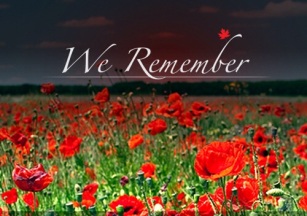

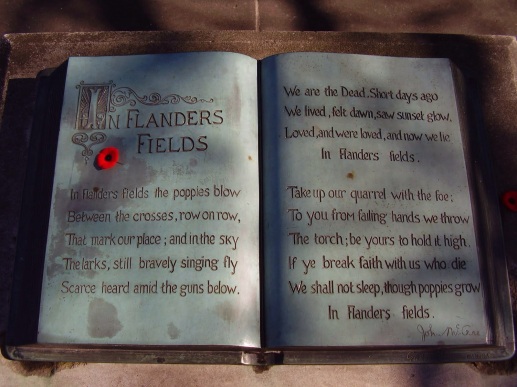
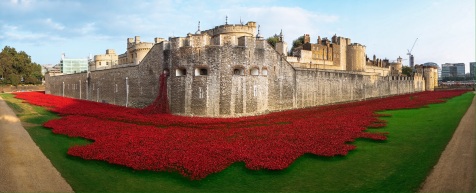

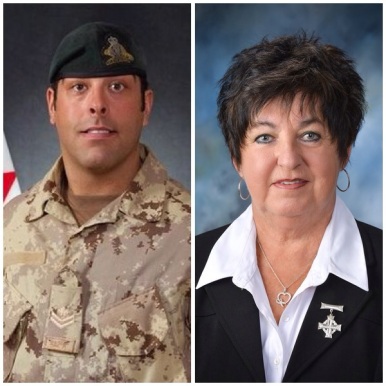
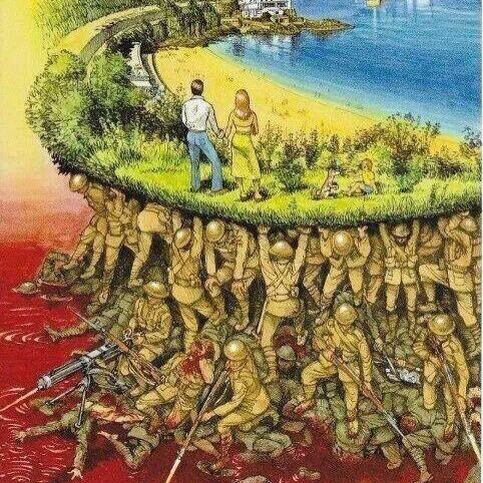 The image above, of people atop a bank, overlooking a beach, with the image of the soldiers who fought for that beach, for the freedom of going to the beach, has caught my attention this year. I could not find the name of the artist, or of the specific place or story it depicts. Could it be Normany? Dieppe? Does it matter? What is important is that we remember that the freedom we have has been bought by a high cost.
The image above, of people atop a bank, overlooking a beach, with the image of the soldiers who fought for that beach, for the freedom of going to the beach, has caught my attention this year. I could not find the name of the artist, or of the specific place or story it depicts. Could it be Normany? Dieppe? Does it matter? What is important is that we remember that the freedom we have has been bought by a high cost.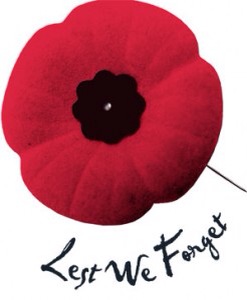




 As this is my first year ever participating in the giving up of something for Lent, I thought I would share about the process in writing.
As this is my first year ever participating in the giving up of something for Lent, I thought I would share about the process in writing.